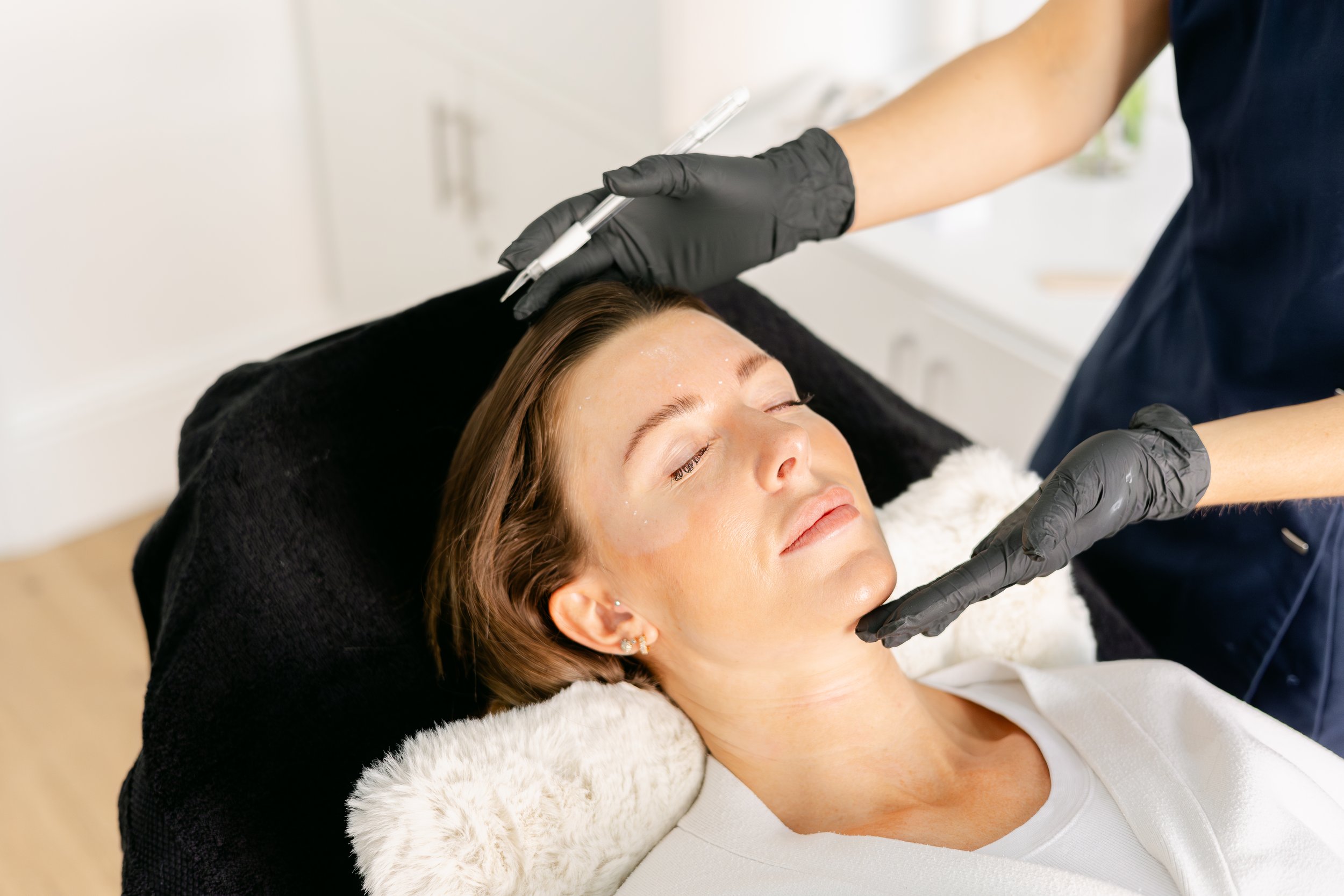
Dermaplaning facial
Dermaplaning gently buffs the top layer of dead skin cells away helping to reveal a brighter and smoother complexion leaving skin ultra-smooth and perfectly prepped for make-up. Dead skin cells make your complexion look dull and contribute to clogged pores and spots.
How does it work?
Dermaplaning clears the way so skin peels, facials, skin products and serums can get down into the skin where they need to be rather than sitting on the skin’s surface. It also removes peach fuzz / vellus (fine) hair on the face and creates clear channels into the skin as well as a soft, smooth surface for makeup to glide on flawlessly.
FAQ’s
-
Generally, dermaplaning is safe for most skin types, including those with sensitive skin. However, it may not be suitable for individuals with active acne, eczema, or other skin conditions. It’s important that I carry out a skin analysis at the start of your appointment, to determine if it’s the right treatment for you.
-
The frequency can vary based on individual skin needs, but generally, dermaplaning can be done every 3 to 4 weeks. This allows the skin to complete its natural rejuvenation cycle before undergoing the procedure again.
-
No, dermaplaning does not change the color or thickness of the hair. The hair may feel a bit different as it grows back because it’s been cut straight across, but it will not come back thicker or darker.
The sensation is often described as mild and temporary, with many people tolerating it well. It's always best to discuss any pain concerns with myself beforehand, as I can provide detailed information specific to their techniques and what you can expect during and after the treatment.
-
One of the benefits of dermaplaning is that there is typically no downtime. Some people might experience slight redness or sensitivity immediately after the treatment, but this usually resolves quickly. It's important to use sunscreen and avoid direct sun exposure afterward to protect the newly exposed skin.
